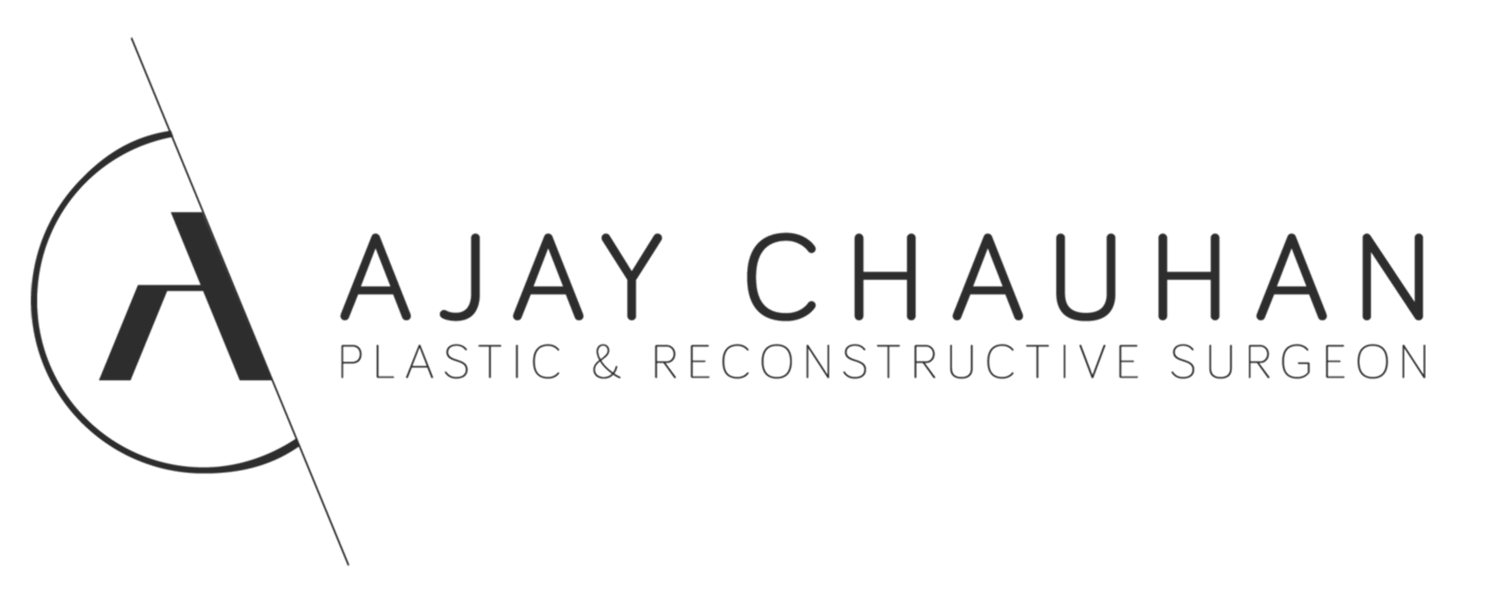
Skin Cancer & Melanoma
An Australian Story
The majority of skin cancers, including melanomas are due to exposure to sunlight. Sunlight contains ultraviolet (UV) radiation, which damages the DNA of various cells in the skin, leading to malignant change. Protection from the sun is an essential preventative measure of which all Australians should be aware. There are a number of different types of skin cancers, the most common of which are listed below.
Squamous Cell Carcinoma (SCC)
SCC is concerning because of its potential to spread (metastasize) to other parts of the body, mainly through lymphatic channels. While this is still relatively uncommon, it can be more likely in SCCs with certain pathological features.
Treatment is usually by surgery alone, although in some cases, radiotherapy or immunotherapy may be required. Dr Chauhan will be able to guide you through your surgical treatment of SCC and involve other cancer specialists if required.
Basal Cell Carcinoma (BCC)
The most common cancer in Australia. Although metastasis is rare, BCCs can be deeply invasive if not treated, invading nerves, bone or cartilage. Thankfully, most cases are easily treated by surgery before they become difficult to control.
While there are many types of BCC, including some which may be treated by chemotherapy creams, surgery is considered the mainstay of treatment because of its high cure rate and relatively low risk profile. Dr Chauhan is highly experienced in aesthetic plastic surgical repair after BCC excision.
Melanoma
Melanoma is often a dreaded diagnosis because it can be life threatening and Queensland has one of the highest rates of melanoma in the world. But melanoma treatment has made great advances in the last decade o particularly through the introduction of treatments which assist the immune system respond to the disease (immunotherapy). This has allowed surgery to be used in a more refined way, often reducing the need for major surgical procedures. Even so, most early stage melanoma is still treated with surgery alone. Dr Chauhan is a member of the Princess Alexandra melanoma unit and has extensive expererience in melanoma surgery, including sentinel node biopsy.
Other Skin Cancers
There are many other types of skin cancer, which are les common than BCC, SCC and melanoma. These often require specialist plastic surgical care for proper diagnosis and treatment.
Moles
Not all moles need to be removed. While it may be appropriate to remove a mole for cosmetic reasons, a careful assessment by your doctor, dermatologist or surgeon may indicate the need to remove one for clinical reasons.
It is equally important for you to be aware of the signs of melanoma. The ABCDE rule can be applied:
A = Asymmetry (Differences between the two halves of the lesion)
B = Border Irregularity (Fuzzy or irregular edge)
C = Colour variegation (More than one colour within the lesion)
D = Diameter > 6mm
E = Evolving (A change over time)
Symptoms such as bleeding, itch and pain are also warning signs. Further information may be found at the Melanoma Institute of Australia.
Benign Lesions
Common lumps and bumps are often treated by plastic surgeons, particularly when on the face or other cosmetically sensitive areas. These include epidermoid (sebaceous) cysts, lipomas and dermatofibromas.

